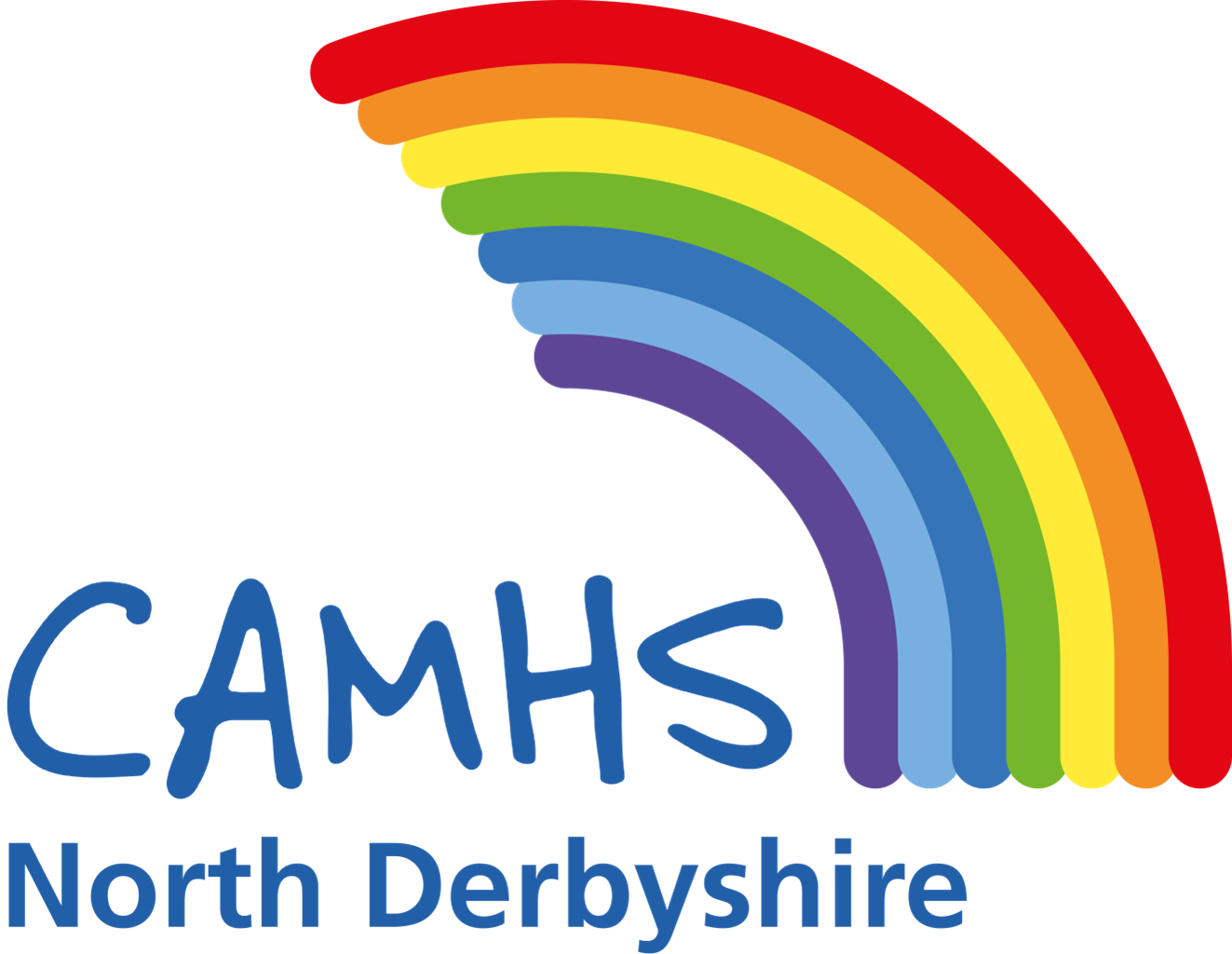Emotional Literacy
- Young people with ASD often struggle to recognise and understand their own emotional responses. It can be helpful to use visual representations (such as pictures of facial expressions) to help them start to label and recognise how they are feeling. Getting your young person involved in the process of choosing the different images to represent different emotions will be helpful. These images can then be used to help them start to make links between what they are experiencing internally with an emotional label and also the trigger situation.
- Helping your young person to understand their own emotions and responses, and also those of others will be important. Using ‘tuning in’ language will help aid this. This means putting your own and your child’s perspective into words. Imagine what they are wanting, thinking or feeling, and say something about it, “I can see you’re annoyed because Katie wants to play a different game” or “I’m upset because I asked you to empty the dishwasher and you didn’t do it”. You can also explain why other people do the things they do – for example, “James looks upset. I think he feels upset because Sophie cancelled their date”.
- Use things around you such as TV programmes, films and books to help draw your young person’s attention to emotional aspects. Explicitly state the emotion and give your explanation as to why that character might be feeling a certain way.

